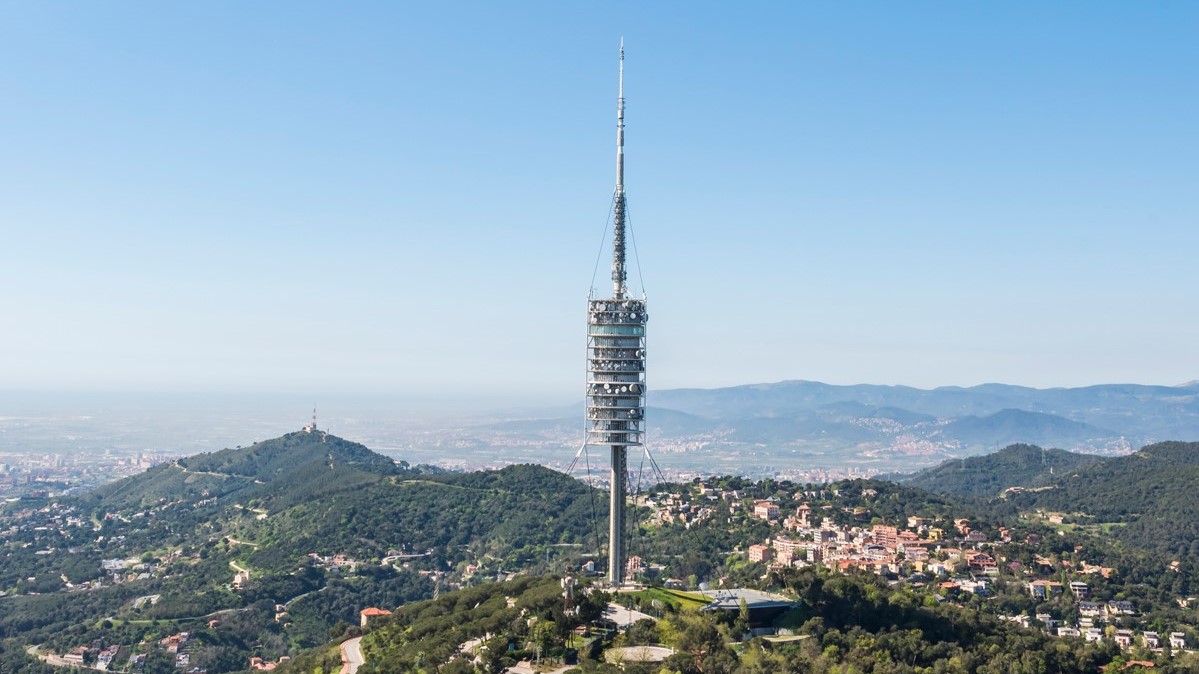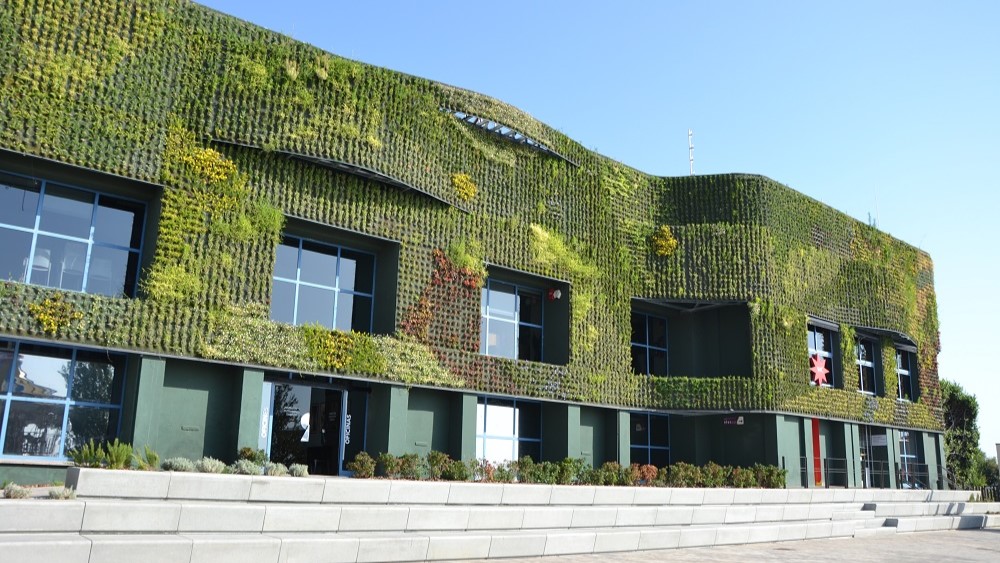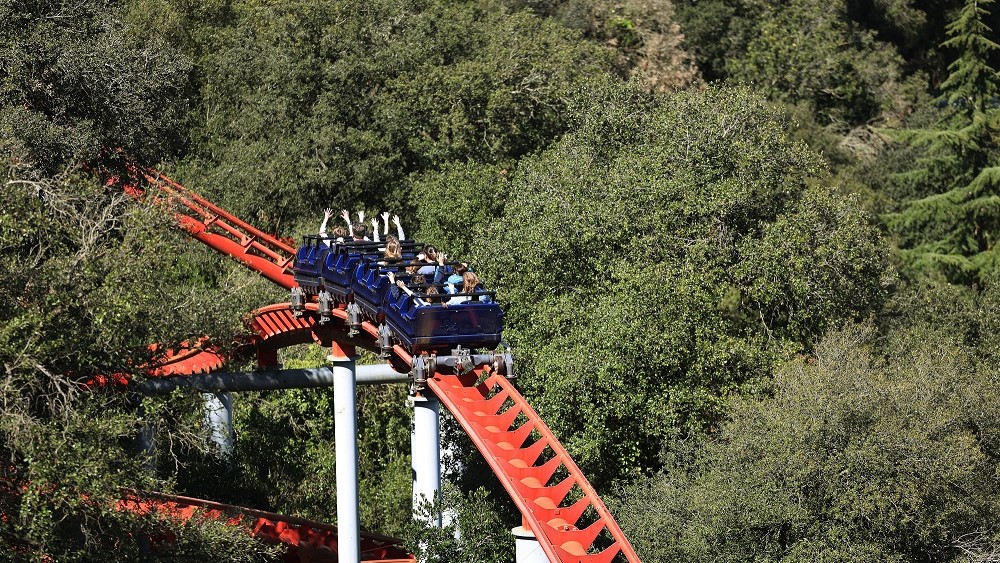- Collaboration with the Collserola Natural Park Consortium
- Jardí Vertical
- Conservation of the state of the trees

Tibidabo Amusement Park is located in the heart of nature, at the highest point of the Collserola Mountains – the Tibidabo Peak, about 512m above sea level. This unique and special environment is located within the Collserola National Park, protected and managed by the Collserola Natural Park Consortium.
The Consortium is a non-profit public entity with the purpose of managing the Serra de Collserola Natural Park as a protected area, in compliance with the provisions of the Special Plan for the Management and Protection of the Natural Environment of the Collserola Park, as well as Decree 146/2010, of October 19, declaring the Serra de Collserola Natural Park and the partial nature reserves of Font Groga and Rierada-Can Balasc.
The Consortium promotes the collaboration of various entities with the aim of:
- Develop conservation projects, adaptation for public use and dissemination of the Collserola Natural Park as a means of raising awareness among different sectors of society.
- Contribute to the achievement of the objectives of the Special Plan for the Protection of the Natural Environment and Landscape of the Serra de Collserola Natural Park.
The Tibidabo Amusement Park knows the importance of Collserola as a natural area of special protection and since 2008 has actively collaborated in the conservation of the Collserola Natural Park through several annual collaboration agreements.

Upon entering the Park facilities, you can see a large office building with a facade covered in vegetation. This vegetal facade is called the Vertical Garden: built in 2018 as part of the project for the new Welcome Plaza of the Amusement Park, designed by MIAS Arquitectes, it occupies a space of approximately 360 m² with a southeast orientation. This is a unique, potentially emblematic work and its interaction with the public is high as it is an element located at the Park's reception and main square.
In addition, during 2024 its rehabilitation was carried out which entailed:
- Reinforcements of the performance of the growing medium (textile support with elements that slow down evaporation).
- Efficiency of irrigation distribution and water consumption with renovation and total replacement of water distribution elements.
- Replanting with a botanical selection consistent with the climatic conditions of the context.
Initially, the objective of this rehabilitation included 2 purposes:
- Reduce energy consumption, thanks to the protection offered by the Garden from changes in external temperature.
- Improve its presence so that visitors to the Park can enjoy the well-being effects of the green wall.
However, this objective was expanded when the Tibidabo Vertical Garden was included as 1 of the 8 case studies that comprise the European BIG4LIFE project of the University of Lleida. The general objective of the LIFE project, among others, is to demonstrate that through the application of collaborative strategies for the management, maintenance, and monitoring and evaluation of the impact of “BIG” systems (green roofs and green walls/façades), it is possible to guarantee their long-term useful life and the optimal and continuous provision of ecosystem services, with special emphasis on the Mediterranean climate. Discover more here.
Therefore, in collaboration with the research team, we expand the action plan associated with the objective to:
- Quantify the Garden's CO₂ capture: by monitoring the thermal gradient and analyzing water consumption to confirm the effects that green facades and roofs have on the city, both in terms of energy efficiency of buildings and in terms of air quality.
- Measurement of interaction with biodiversity: by installing camera traps to examine the typology of bird (or insect) species that interact with the wall.
- Analyze potential environmental education activities, including interaction with the Vertical Garden, so that students can understand the important role that the presence of green roofs and facades plays in cities.
If you know about the Vertical Garden, you can fill out this survey:

The facilities of the Tibidabo Amusement Park occupy about 70,000m2 and inside we find about 2 hectares of Mediterranean forest. These wooded areas of the enclosure are configured, mainly, by trees such as Quercus Ilex and shrub species such as Viburnum tinus, among others.
In order to maintain the richness of these areas, management is carried out. It should be noted that an annual inspection is carried out. They are protected from visitors by fences, where only authorized personnel can access.
Taking into account that they are a management improvement of the wooded areas of the site, executing the following actions:
- Review of the state of the trees: an annual review is carried out by a forestry technician from the Collserola National Park Consortium, which includes actions to be carried out immediately and in the long term.
- Supervision of Parks and Gardens: once the annual review report has been executed, the Green Protection technician from Parcs and Gardens of Barcelona will supervise the state of this tree to grant the necessary permits for its maintenance.
- Maintenance task schedule: taking into account the surface to be treated, there is a maintenance team that is responsible for pruning the trees, as well as complementary irrigation to avoid water stress on the individuals.
